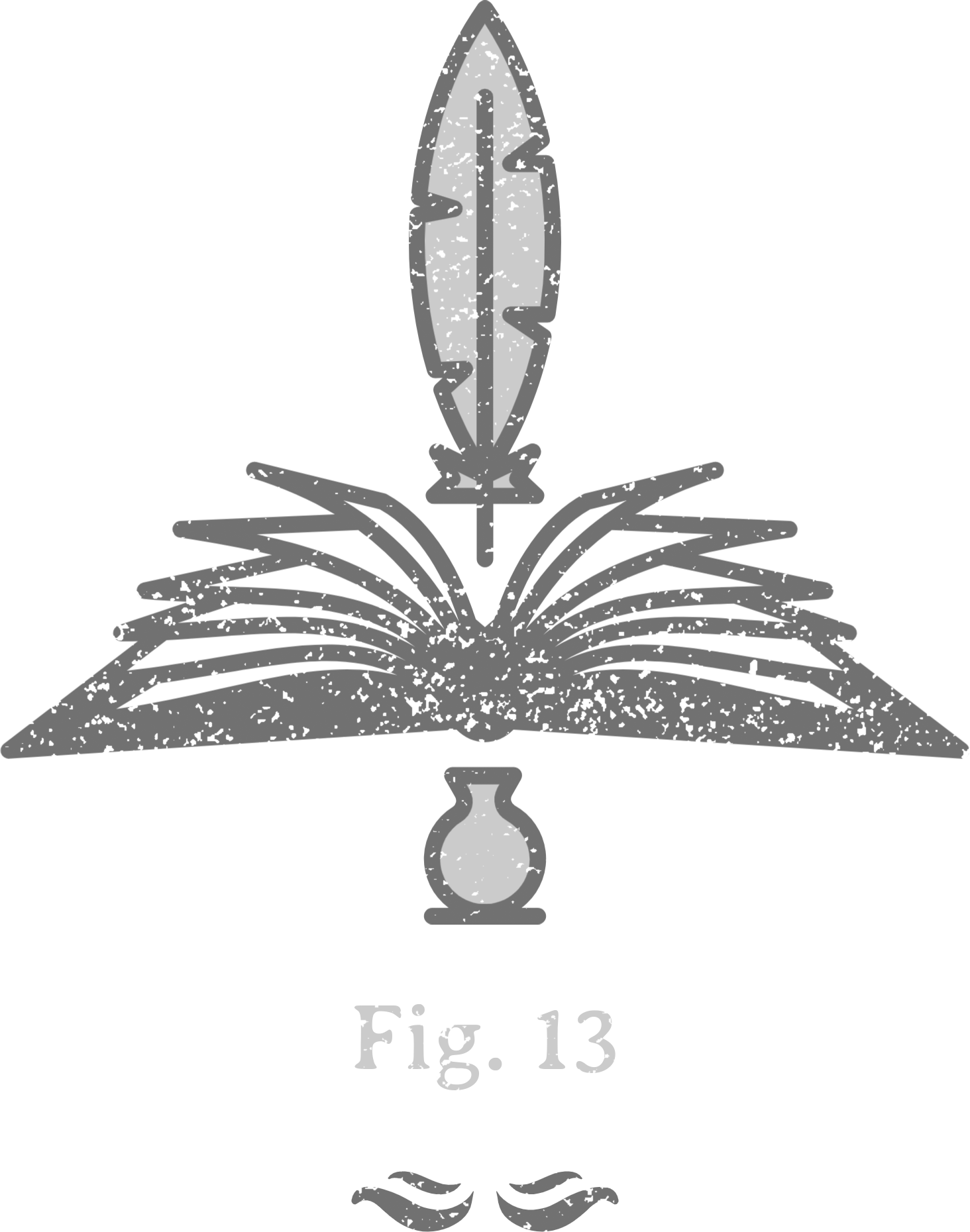
The Evolution of Your Characters: From Page to Screen
"The characters we create on the page have lives of their own. When they step into the world of cinema, they don’t just exist—they breathe, they grow, they transcend our imagination." — Steven Spielberg
Writing a book is an incredible journey, and seeing it evolve into a movie is an experience like no other. I’m thrilled to share that my story is making the leap from page to screen, and I’m currently working with a talented team of filmmakers to bring my characters to life. In this post, we’ll dive deep into the evolution of my characters, exploring how they’ve transformed through the adaptation process.
The Original Character Conception
When I first sat down to write my book, character development was at the forefront of my mind. I wanted to create characters that were not only compelling but also resonated with readers on a deeper level. The inspiration for my characters came from a mix of personal experiences, observations, and a dash of imagination. For instance, the protagonist, Kym Fenton, was inspired by a blend of strong women I’ve admired throughout my life, combined with a few fictional traits that added layers to her personality.
One of the biggest challenges I faced was ensuring that each character had a clear motivation driving their actions. For example, Kym’s fierce determination to protect those she cares about stemmed from a backstory rooted in loss and resilience. It was this foundational work that made the characters feel real on the page, allowing readers to connect with their journeys.

Bringing Characters to Life (On-Screen)
Transitioning characters from the written word to the big screen is a complex process. It requires a collaborative effort between the author, filmmakers, and actors. Working with the director and scriptwriters, I was able to provide insights into my characters that helped shape their on-screen portrayals. These professionals brought a fresh perspective to the characters, often revealing nuances I hadn’t fully explored in the book.
During the adaptation process, some changes were necessary. For instance, certain scenes were adjusted to better fit the cinematic format, which in turn required slight tweaks to the characters’ behaviors or dialogues. One such adjustment involved Candi, a pivotal character whose on-screen portrayal needed to capture both her vulnerability and strength more explicitly than in the book. These changes, while initially challenging, ultimately enriched the characters’ arcs.
Evolution in Traits and Abilities
As the characters transitioned from page to screen, some of their traits and abilities evolved. This was particularly evident in the portrayal of Kym Fenton. On the page, Kym’s inner monologue plays a significant role in revealing her thoughts and emotions. However, in the film, these internal dialogues had to be translated into visual cues and physical expressions. As a result, Kym’s on-screen character became more physically expressive, relying on subtle gestures and intense gazes to convey her inner turmoil.
Another example is the adjustment of Kym’s combat abilities. While in the book, her skills were described through detailed prose, the film had to visually represent her prowess. This led to the inclusion of more dynamic fight scenes, showcasing her strength and tactical mind in a way that resonated more powerfully with the audience.
Character Interactions and Relationships
The dynamics between characters often shift when adapting a story for the screen. The pacing, tone, and genre of the film all play crucial roles in influencing these relationships. For instance, the bond between Kym and Candi, which was gradually developed in the book, had to be more immediate in the film to align with the movie’s pacing.
In the book, their relationship is built over several chapters, with layers of trust and camaraderie forming slowly. However, in the movie, their connection had to be established quickly to keep the story moving. This led to more intense, emotionally charged scenes between the two characters, which not only highlighted their bond but also added depth to the narrative.
The Power of Casting Choices
Casting is one of the most critical elements in bringing characters to life on-screen. The actors chosen for each role can significantly influence how the audience perceives the characters. For Kym Fenton, I wanted an actress who could embody both her strength and vulnerability. After much deliberation, we found an actress who not only understood Kym’s complexities but also brought her own unique interpretation to the role.
Candi’s character required someone who could balance a mix of charm and grit. The actress we chose for Candi delivered a performance that exceeded my expectations, adding layers to the character that weren’t fully explored in the book. Her portrayal brought a new dimension to Candi, making her more relatable and compelling.
Watching my characters come to life on screen has been a surreal and powerful journey, showing how stories can transcend the page.
Wrapping Up the Evolution
The journey of adapting my characters from page to screen has been an enlightening and rewarding experience. I’ve learned that character evolution is not just about maintaining the core essence of the character, but also about being open to changes that enhance the story’s impact. Seeing Kym, Candi, and the others come to life on screen has been a dream come true, and I can’t wait for you to experience their stories in this new medium.
As we wrap up, I’d love to hear your thoughts on character development. How do you think characters should evolve when transitioning from book to film? Share your insights and let’s keep the conversation going!
